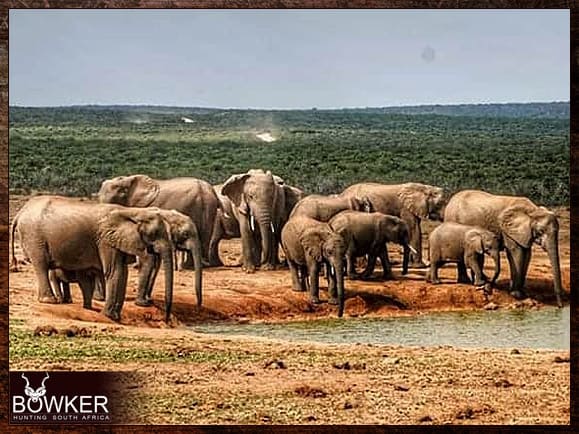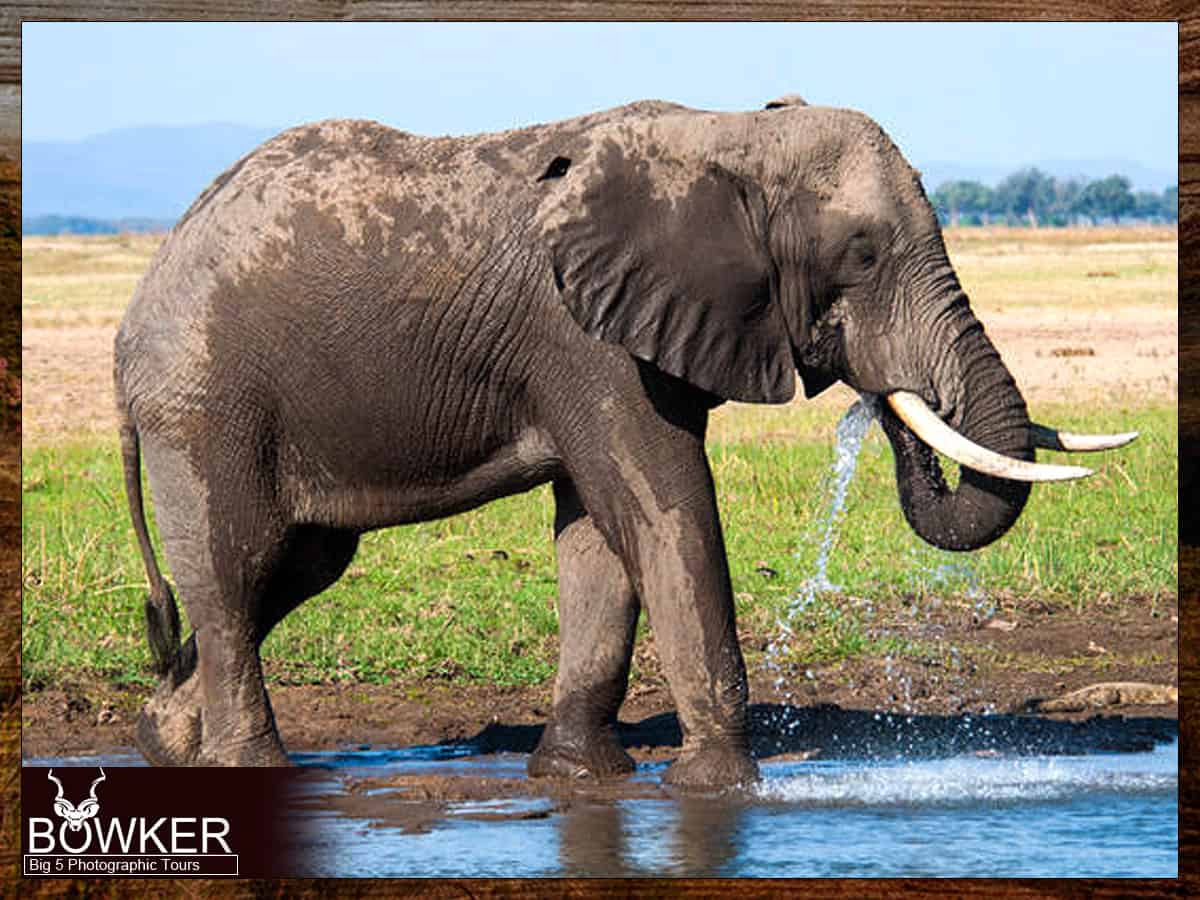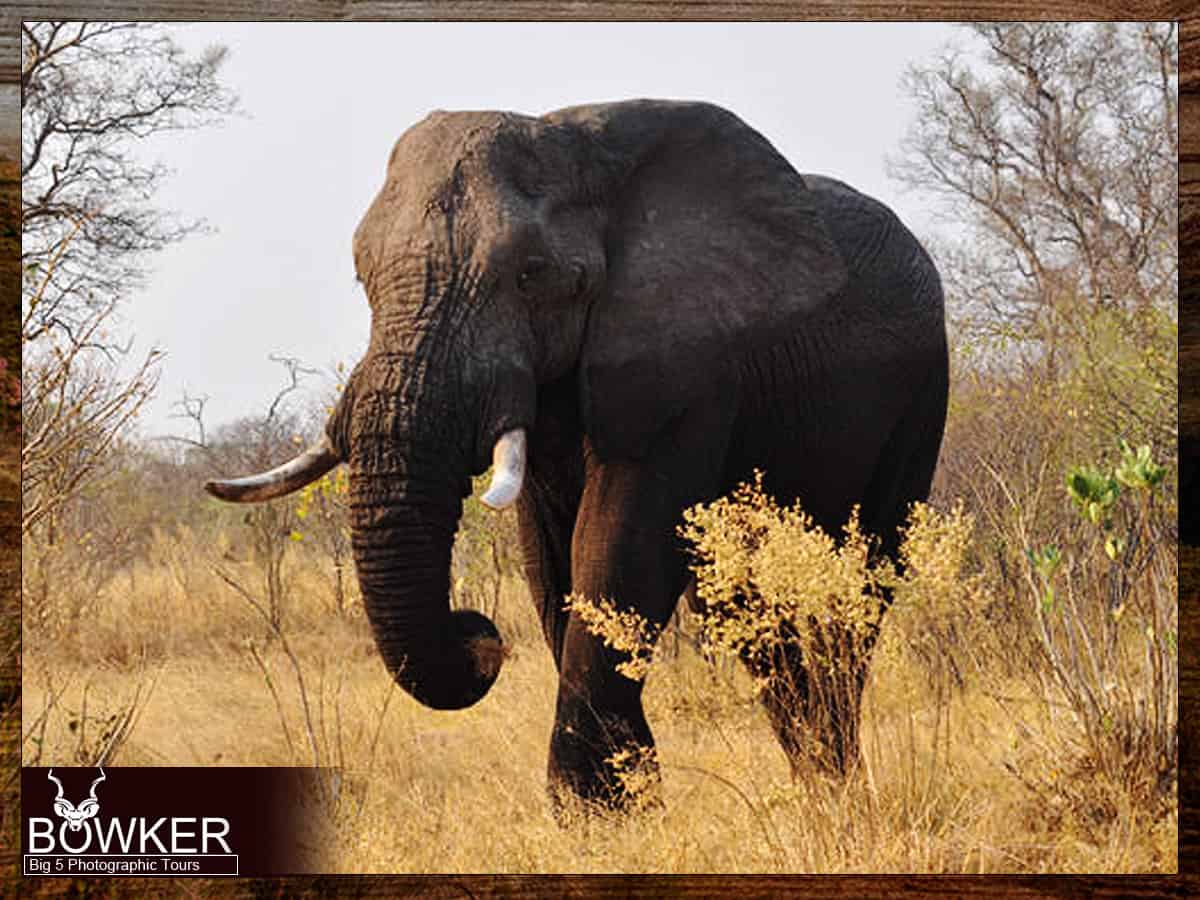Table of Contents
Elephants of Addo National Park
Addo Elephant National Park in South Africa is renowned for its elephant population and conservation efforts. The park is home to the Big 5, which includes Cape Buffalo, Leopard, Black Rhino, and Lion. Here’s a detailed overview:
History and Establishment
- Initial Establishment: Established in 1931 to save the last eleven South African bush elephants from extinction in the Eastern Cape region.
- Original Size: The park initially covered a mere 2,000 hectares.
- Expansion: Over the years, the park has expanded significantly to encompass a wide range of biodiversity.

Elephant Population
- From Near Extinction to Recovery: From the initial 11 elephants, the population has grown to over 600, making it one of conservation’s great success stories.
- Genetic Diversity: Initially, concerns about inbreeding due to the small founding population were significant. However, the population has remained genetically healthy.
Conservation Efforts
- Protection Policies: Strict anti-poaching laws and effective park management have contributed to the growth of the elephant population.
- Research and Monitoring: Ongoing research on elephant behavior and ecology helps in their management and conservation.
Habitat and Range
- Diverse Ecosystems: The park now includes a range of ecosystems, from savannah to subtropical thickets, providing a diverse habitat for elephants.
- Waterholes: Strategically placed waterholes in the park allow visitors to observe elephants up close.
Challenges
- Human-Elephant Conflict: As the elephant population grows, there’s an increasing challenge in managing human-elephant conflicts, especially with neighboring farmlands.
- Climate Change: Climate change impacts, such as droughts, can affect food and water availability for the elephants.
Ecotourism and Education
- Visitor Experience: The park offers guided tours, safaris, and educational centers to educate visitors about elephant conservation and the park’s history.
- Global Recognition: Addo Elephant National Park has gained international recognition for its conservation efforts and is a prime example of successful wildlife management.
Impact on Conservation
- Model for Conservation: The park serves as a model for elephant conservation and the importance of protected areas.
- Collaboration and Research: It also plays a key role in international research and collaborative conservation efforts.
The story of Addo Elephant National Park is a remarkable example of how dedicated conservation efforts can bring a species back from the brink of extinction and create a thriving ecosystem.

The Legend of Hapoor
Hapoor was a famous and distinctive elephant who lived in the Addo Elephant National Park in South Africa. His name, which means “Nick Ear” in Afrikaans, derived from a noticeable notch in his ear, believed to be the result of a hunter’s bullet. Hapoor played a significant role in the history and identity of the park. Here are some key aspects of his life and legacy:
Dominance and Characteristics
- Reign as Dominant Bull: Hapoor was the dominant bull elephant in Addo for 24 years, from 1944 to 1968. His dominance was marked by his strong personality and assertive behavior.
- Size and Appearance: He was known for his impressive size and the distinctive notch in his ear. These features made him easily recognizable and quite imposing.
Interaction with Humans
- Distrust of Humans: Hapoor notably had a distrust of humans, which was attributed to the hunting pressures that elephants faced during that era. His behavior towards humans was often aggressive, a reflection of the conflicts between elephants and people at the time.
Legacy and Impact
- Symbol of Survival: Hapoor became a symbol of the elephants’ fight for survival in the Eastern Cape. His life story is intertwined with the history of conservation efforts in the region.
- Influence on Park Management: The challenges in managing Hapoor and his aggressive tendencies towards humans influenced the park’s management strategies and policies regarding wild elephants.
Death and Memorials
- End of Reign: Hapoor was eventually dethroned as the dominant bull by another elephant named Lanky.
- Death: He was put down in 1968 after he left the park’s boundaries, posing a danger to human settlements.
- Memorials: His head is mounted in the restaurant at the main camp in Addo Elephant National Park, serving as a reminder of his legacy and the park’s history.
Cultural Significance
- Iconic Figure in Addo: Hapoor remains an iconic figure in the story of Addo Elephant National Park, symbolizing both the challenges and successes of wildlife conservation in South Africa.
Hapoor’s story highlights the complex relationship between humans and wildlife, especially in an era when conservation awareness was still evolving. His legacy continues to remind us of the importance of understanding and respecting wild animals, especially those that have had turbulent interactions with humans.
ChatGPT can make mistakes. Consider checking important information.

